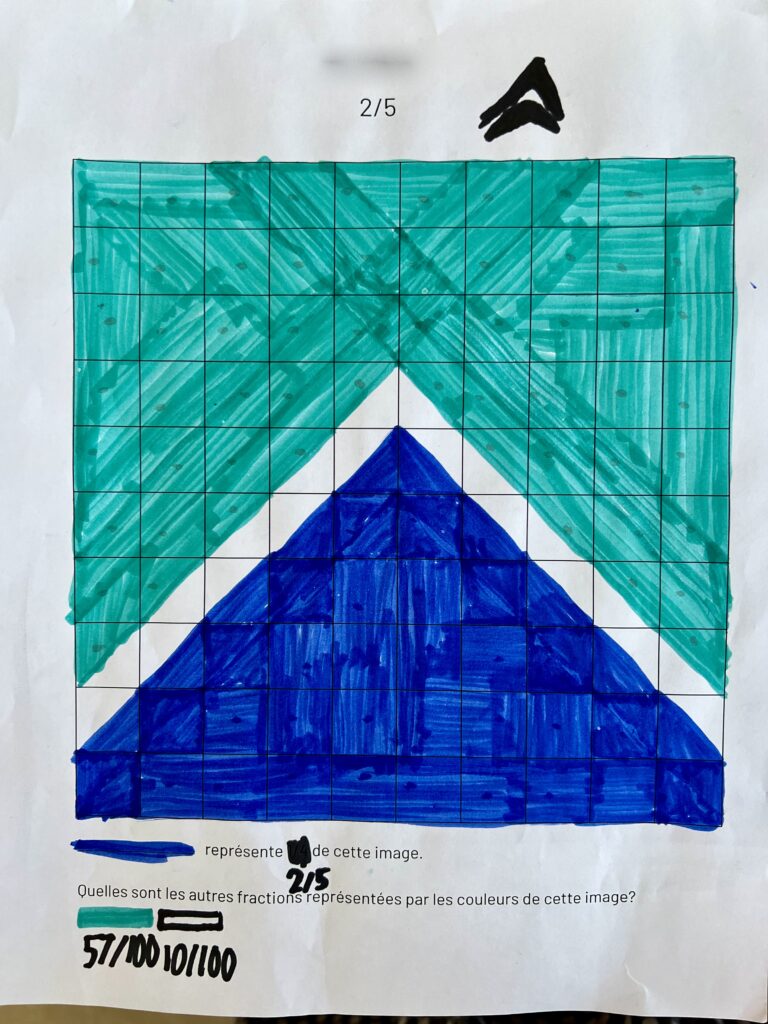Based on your reading, would you consider your current instruction style more behavioralist, cognitivist, or constructivist? Elaborate with your specific mindset and examples.
Based on my reading I would consider my current instruction style more constructivist. Having just completed my BEd, I have come across these theories throughout my studies, however, I find it very interesting to have the chance to read about them again and be able to pull from my own experiences teaching and observing teachers over the past few years. I remember always being drawn to the constructivist theory of learning. One of my pet peeves as an educator is having conversations with people and hearing that they never learned anything useful in school. Due to this common complaint, I have made it a goal of mine to integrate experiential learning into my day-to-day teachings to ensure that each of my students is given the chance to connect with the content and develop the curricular competencies.
Something that attracts me to the constructivist view, is the interconnectedness. When my students walk into my classroom, I want my students to know that they are respected and valued as human beings, and that I am just as eager to learn from them as I hope they are to learn from me. I understand that each child has a unique perspective and set of experiences, and I believe that the classroom should be a space to share and learn from each other. With that said, I demonstrate these constructivist views all throughout my instruction. For example, in my last practicum, I had my students complete a math project to demonstrate their understanding of fractions concepts we explored together in five ways of their choosing. With this I had students, connecting fractions to their personal interests, creating art, writing stories, and filming videos. This sparked joy in my students and made this learning make sense to them in their own ways. The presentation of choice and freedom challenged my students to think critically about what they had learned and show it back to me in a way that was meaningful to them which I found very powerful. Beyond that example, I find constructivism in my instruction with things as simple as leaving room for discussion and activating prior knowledge, to more complicated endeavours like taking my class out into the community on field trips.

aydenweber
June 3, 2023 — 9:17 pm
Hi Raquel,
I agree; I also feel like my instructional style is similar to the constructivist theory of learning. I feel that learning should be hands-on, experimental, and connected to life and the world around us. Learning shouldn’t just be contained to the classroom; it should make us curious about the world around us and how our new knowledge will fit into this world. Learning should be guided by intrinsic motivation built through constructivism.
noahforbes
June 4, 2023 — 9:55 am
Hi Raquel, I really did enjoy reading your blog post this week. I too have had a similar education to yourself and have learned much about a constructivist way of educating students. I think that having your teaching being cross circular in nature allows for countless possibilities as to how students can show their learning. Giving students more voice and choice into how they represent their learnings and trying to gauge student interest to base activities and assignments on things they enjoy, only leads to positive outcomes for the teacher and student. I have had success in doing projects similar to the ones you completed during practicum. For example, based on student interest we created mini ramps to see how far we could make hot wheels travel during our measurement unit. I saw great engagement and success, I know that in part it was because the students were engaged and interested in the task at hand.
Anastassiya
June 4, 2023 — 2:45 pm
Hi Raquel! It’s great to hear about your experience as a student and teacher incorporating constructivism. I completely agree that connecting “theory” to personal interests, creating art, writing stories, and filming videos can help students learn. It’s wonderful to see educators like you recognize the importance of personalized learning experiences and finding ways to make learning engaging and relevant for students. Also, thank you for sharing one of your student’s work to support your blog! It’s always encouraging to see students engaged in their learning and producing meaningful work.